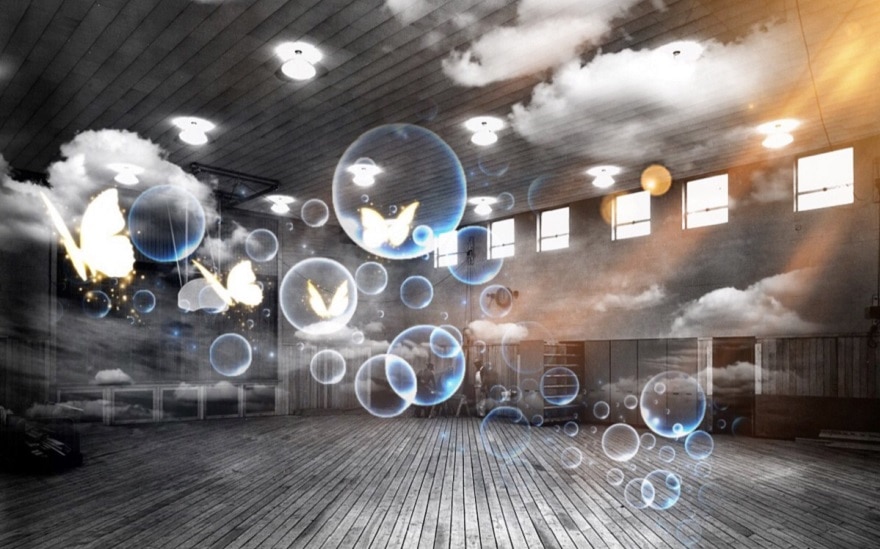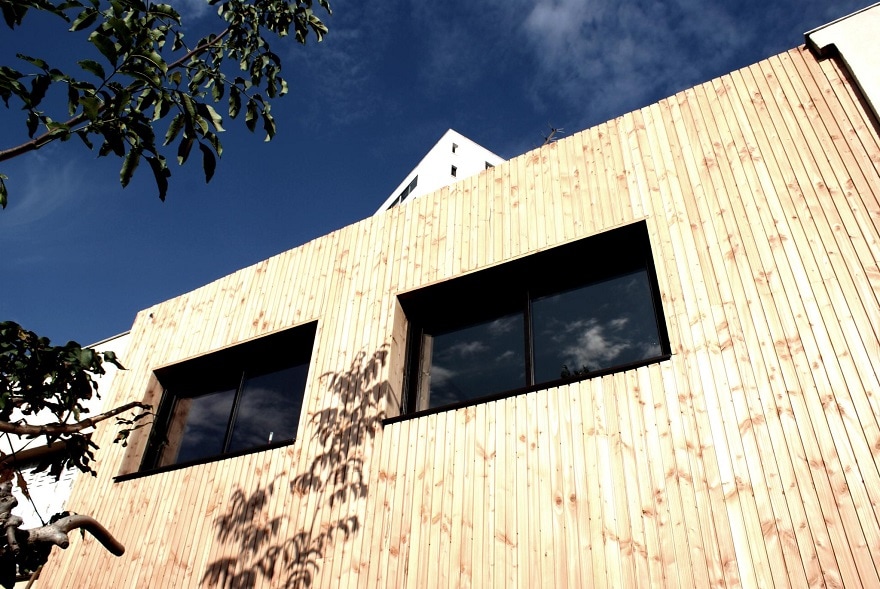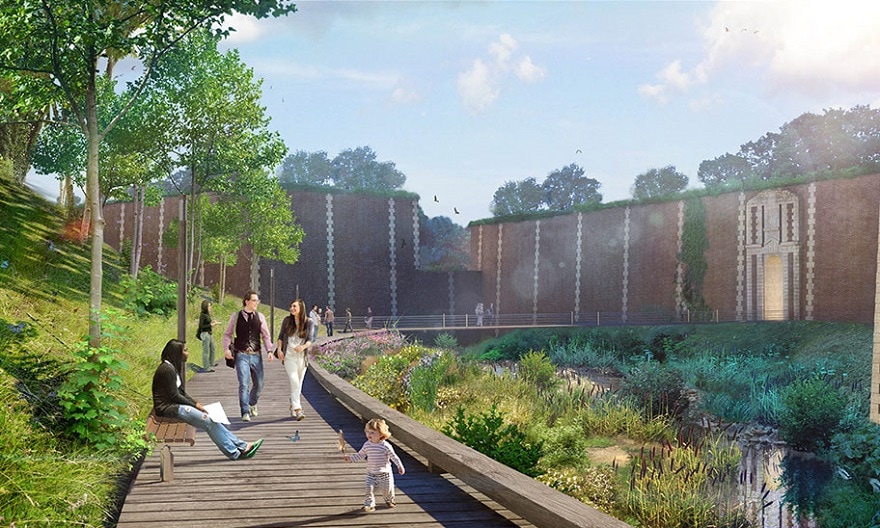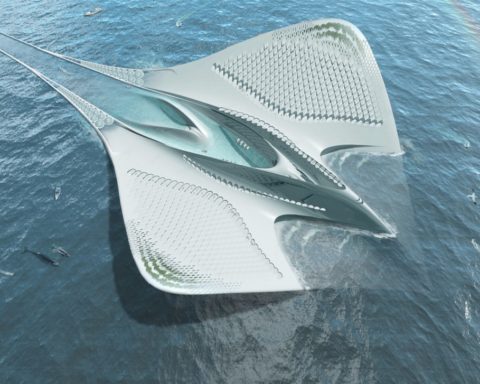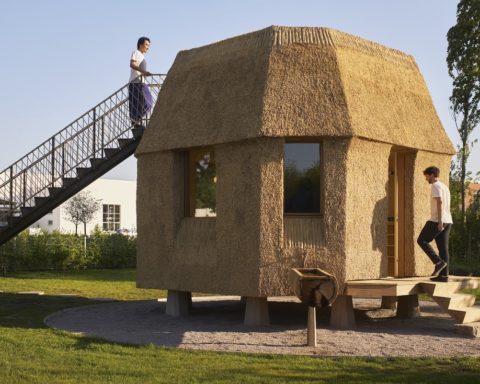An indoor space that measures the impact of the built environment on human health

 CBRE Madrid offices, the first space in Continental Europe to be WELL® - Gold Level certified - New and existing interior fittings
CBRE Madrid offices, the first space in Continental Europe to be WELL® - Gold Level certified - New and existing interior fittingsA 700m² laboratory dedicated to the study of architecture on human health
 The different adaptable factors in the laboratory for measuring well-being in the interior space (Image retouched and translated by the author)
The different adaptable factors in the laboratory for measuring well-being in the interior space (Image retouched and translated by the author)
Anything to add? Say it as a comment.

